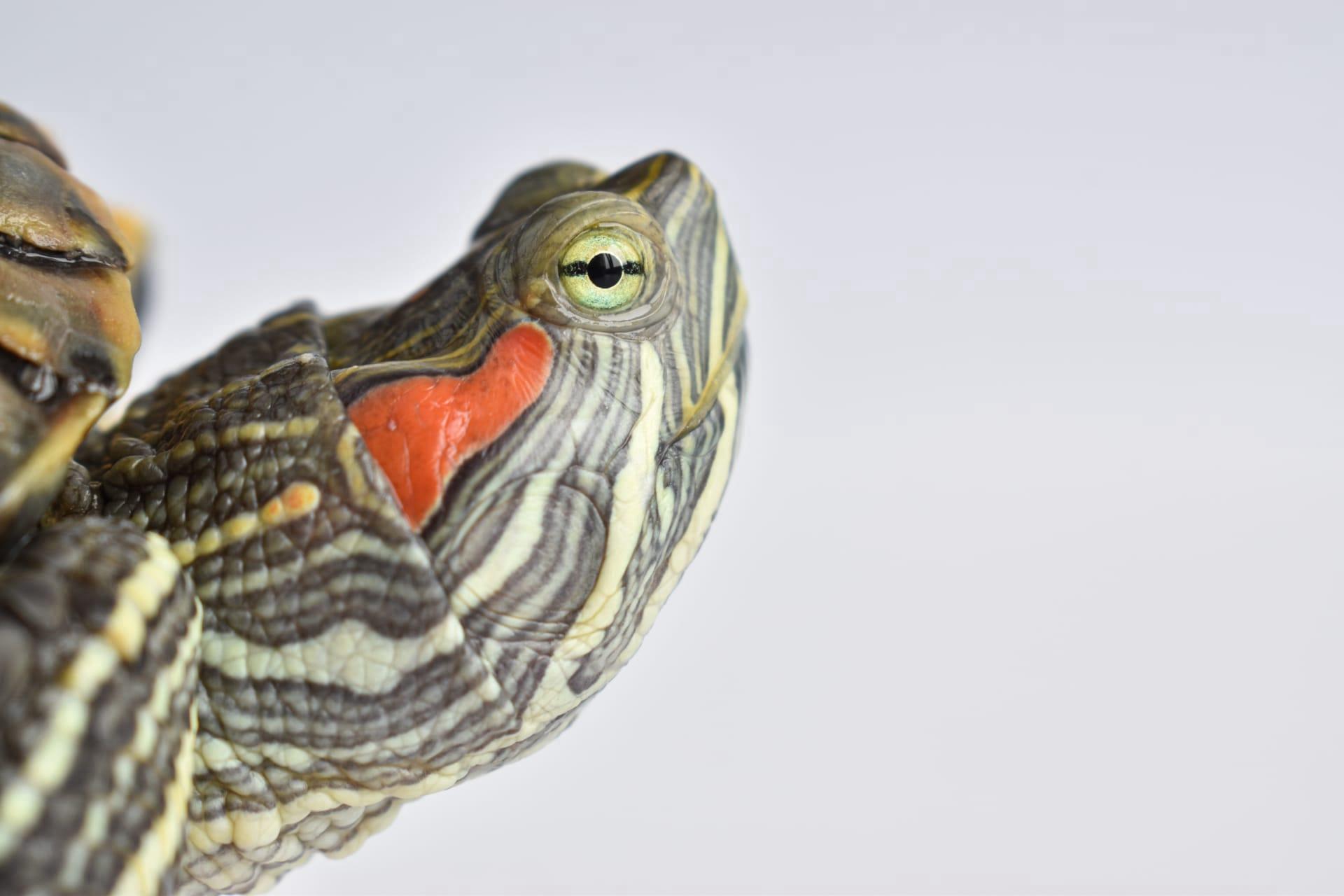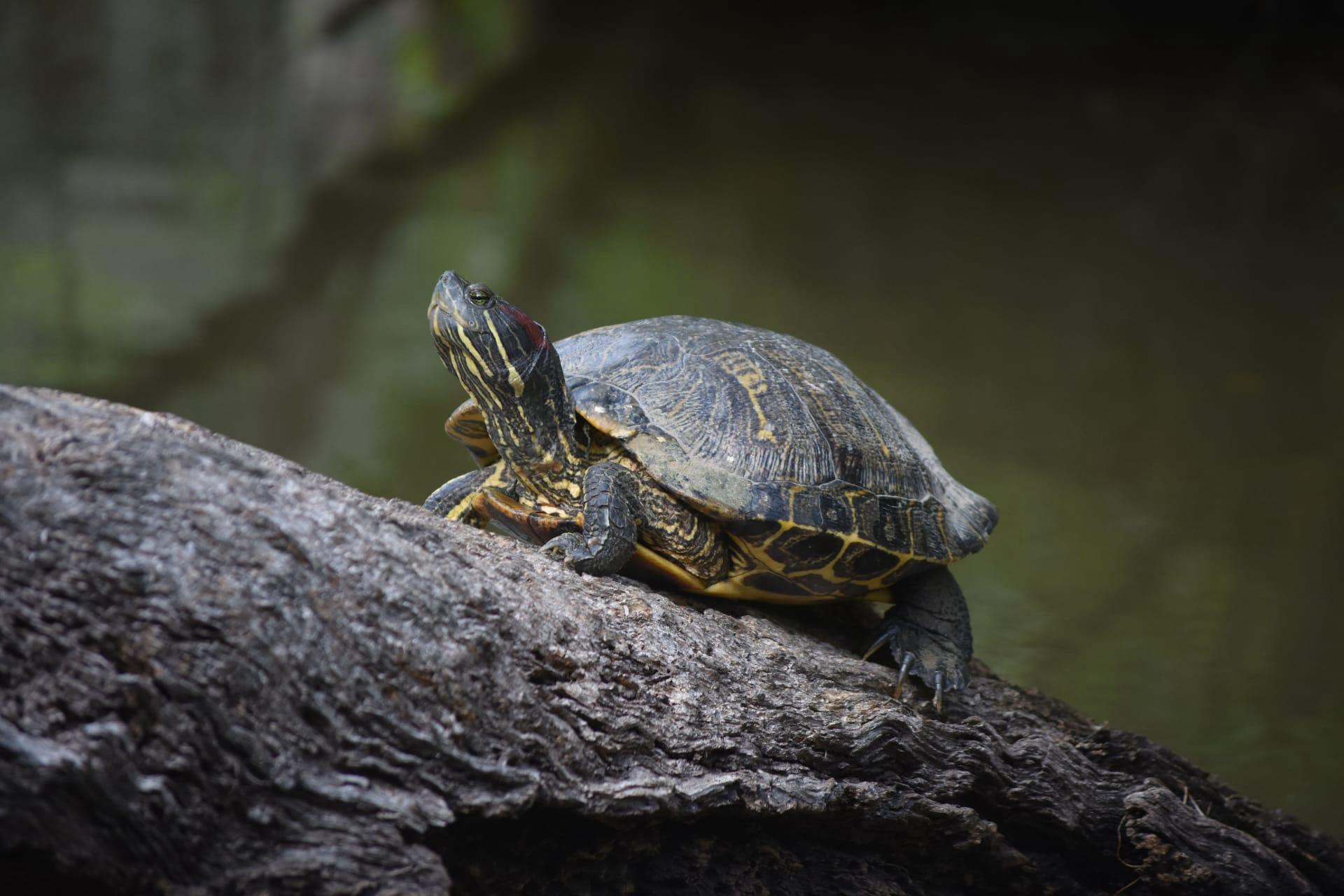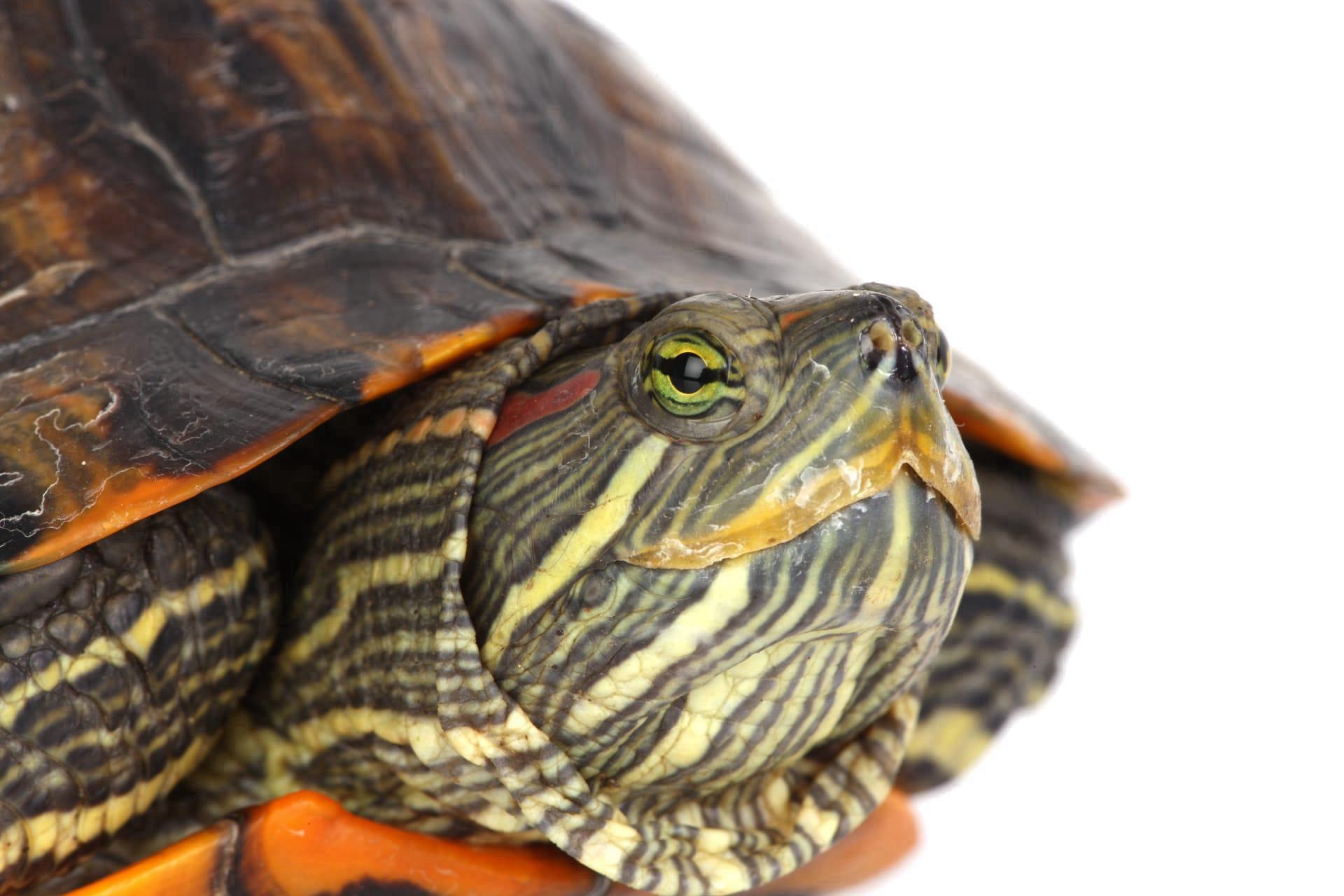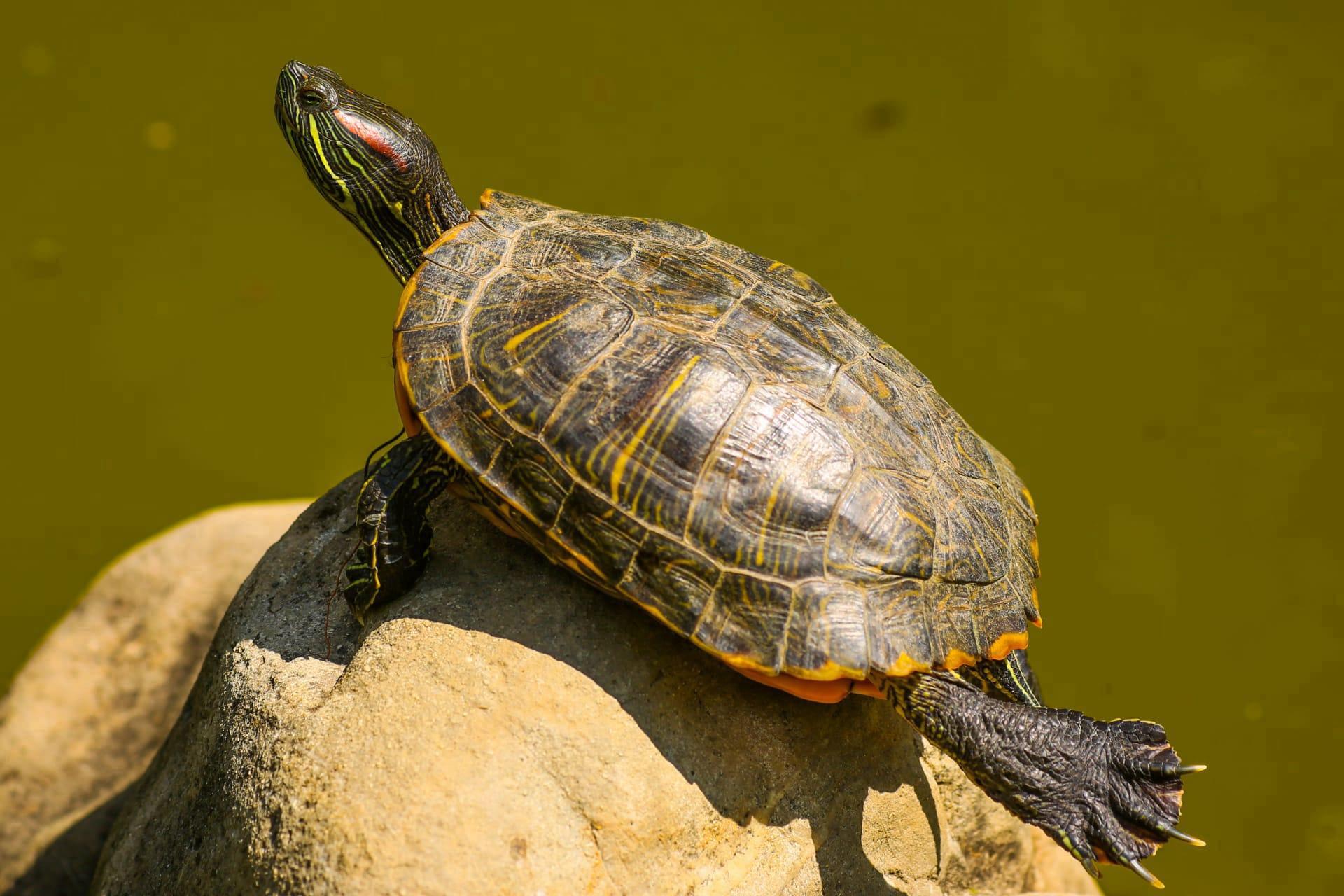1
Red-eared sliders are renowned for their distinctive red markings around their ears, but did you know these markings aren't just for show? They play a crucial role in communication and species identification. The intensity of the red can vary depending on factors like age, health, and mood. This colorful feature helps them recognize and interact with each other, especially during mating seasons.
Another intriguing aspect of red-eared sliders is their temperature-dependent sex determination. The temperature at which the eggs are incubated determines the sex of the hatchlings. Eggs incubated at temperatures between 84-86°F (29-30°C) generally produce females, while those kept at slightly cooler temperatures, around 81-83°F (27-28°C), result in male hatchlings. This fascinating biological phenomenon showcases how environmental factors can directly influence the gender balance in their population.

2
Did you know that red-eared sliders are quite the long-distance swimmers? They are primarily found in the southeastern United States, but thanks to their adaptability and resilience, they have spread to other parts of the world, often traveling vast distances. Some have been found thousands of miles from their native habitat, indicating their capability to survive and thrive in diverse environments.
Another fun fact about these turtles is their diet changes as they age. Young red-eared sliders are predominantly carnivorous, feasting on small fish and insects. As they grow older, their diet shifts towards a more herbivorous lifestyle, including a variety of aquatic vegetation. This shift is not just a preference change; it's a necessary adaptation for their changing nutritional needs as they mature.

3
Red-eared sliders have a unique way of basking in the sun. They are often seen stacked on top of each other, like a turtle tower, while sunbathing. This behavior is not just a quirky trait but an essential activity for their health. Sunbathing helps them regulate their body temperature and is vital for their metabolism and shell health, as the sun's rays assist in synthesizing vitamin D3, crucial for calcium absorption.
These turtles are also known for their impressive longevity. In the wild, red-eared sliders can live up to 20 years, but in captivity, with proper care, they can live even longer, sometimes exceeding 30 years. This lifespan is quite remarkable compared to many other reptiles and highlights the importance of a suitable habitat and diet for their longevity and well-being.

4
One of the lesser-known facts about red-eared sliders is their remarkable ability to hibernate. During colder months, they can slow down their metabolism and survive in a state of brumation - a hibernation-like state for reptiles. They burrow into the mud at the bottom of ponds or lakes, reducing their physical activity to conserve energy. This adaptation allows them to survive in climates that experience harsh winters.
Another interesting characteristic is their communication. While often perceived as silent creatures, red-eared sliders use a range of subtle sounds and physical gestures, especially during mating rituals. The males can be seen performing a unique "claw waving" dance to attract females. These subtle sounds and gestures are crucial for their social interactions and breeding success.

5
Red-eared sliders have a unique respiratory system that allows them to stay underwater for extended periods. They can absorb oxygen directly from the water through their skin, throat lining, and cloaca, a process known as cloacal respiration. This adaptation is particularly useful during brumation, allowing them to remain submerged for months without needing to surface for air.
The shell of a red-eared slider isn't just a protective housing; it's a living part of their body. The shell is made up of bone covered by scutes, which are made of keratin, the same material as human hair and nails. These scutes shed as the turtle grows, a process known as scute shedding. This natural process allows the shell to expand and accommodate their growing bodies, showcasing the remarkable adaptability of these fascinating creatures.